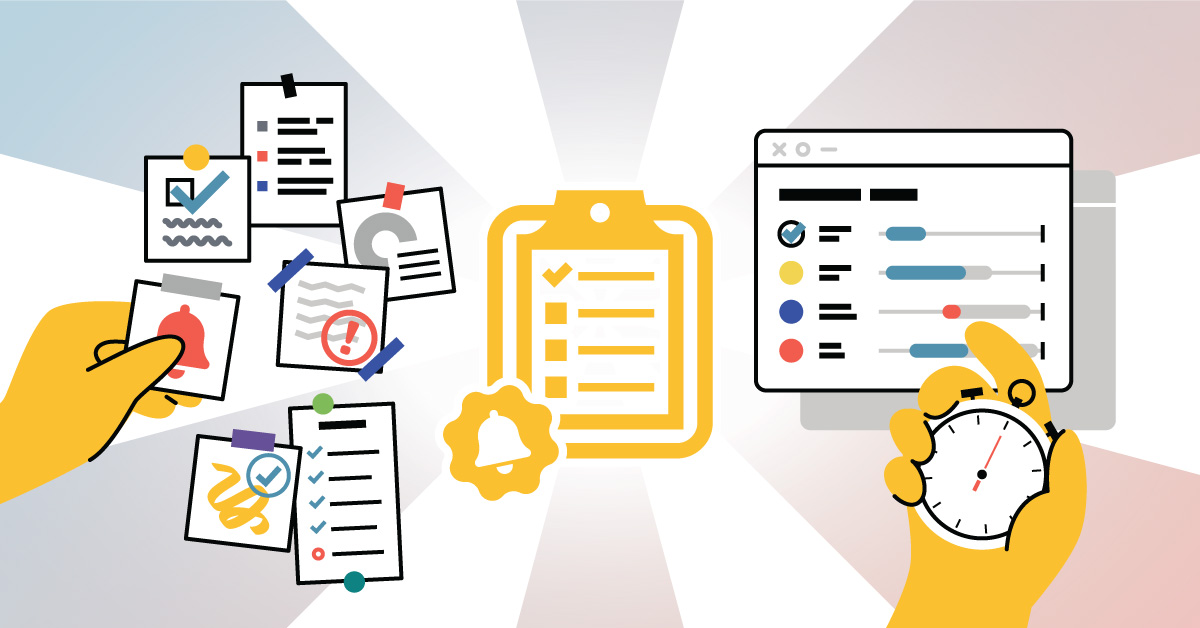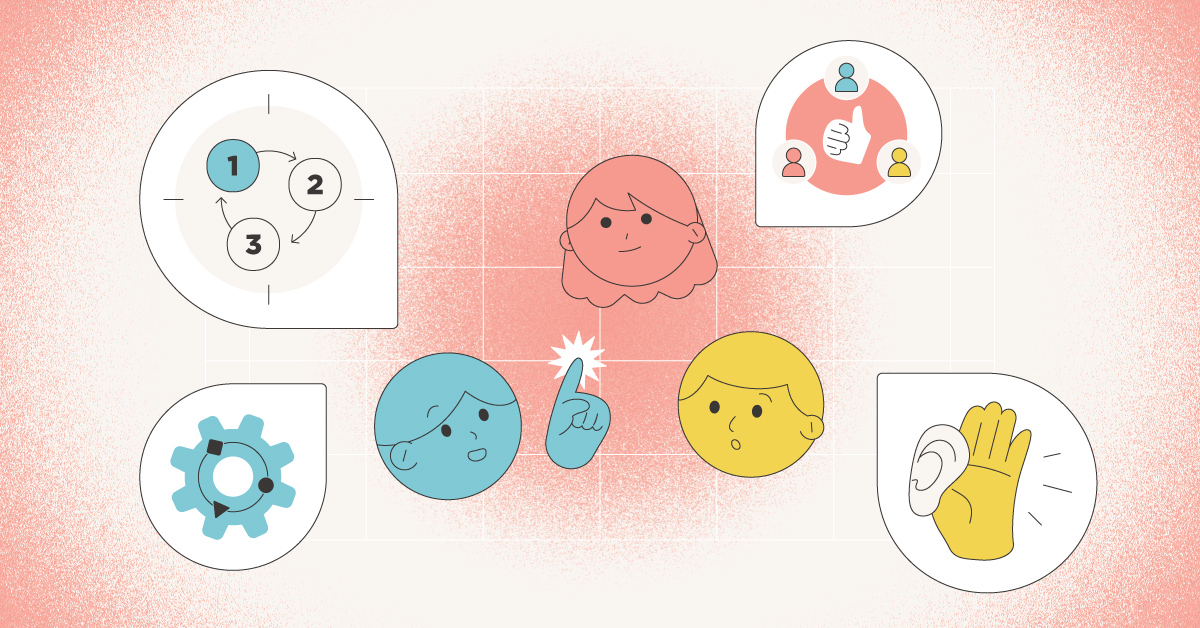
What Is The 12 Driving Forces Assessment?
There are all kinds of valuable assessments for workplace use, but if you want to understand motivation, you need to use The 12 Driving Forces.
The 12 Driving Forces is an assessment that measures why a person does what they do. It measures the motivation (and strength) behind behaviors, using 6 different motivators.
Those motivators are...
- Knowledge
- Utility
- Surroundings
- Others
- Power
- Methodologies
These 6 motivators are each divided into two distinct sides, measuring each factor. Based on a continuum, these 12 drivers make up a person’s cluster of Driving Forces.
Read more about the basics of The 12 Driving Forces here.
How Is Utility Defined in The 12 Driving Forces?
The focus of the Utilitarian motivator continuum is Utility – specifically how a person values practicality, usefulness, and gaining a return on all investments of time, talent, and resources. The two ends of this continuum are Selfless and Resourceful.
Both ends of the spectrum value utility, they just value it in different ways.
What Does Selfless Mean in The 12 Driving Forces Assessment?
People with a Selfless Driver are driven by completing tasks for the sake of completion, with little expectation of personal return.
Selfless people contribute to a project with minimal expectation of personal return and are focused on accomplishing tasks for the sake of accomplishment. They tend to focus on the greater good versus a return on the investment of their resources
An important thing to remember is the focus of the term Selfless is with respect to utility or “tasks” for this science. It is easy to revert to the everyday use of selfless, which typically refers to interactions with people, not tasks. It is important to note this context to best understand this Driving Force.
What Do Selfless People Need in the Workplace?
Selfless people have specific workplace needs and stressors. They are focused on viewing people for who they are, not for what they do, and they want their work to contribute to the greater good. To get them fully engaged and invested in a project, explain how the desired outcome will support others in the workplace. Focus on the completion of tasks as well, not just stressing economics or ROI.
Selfless people thrive when they’re able to create processes with unlimited resources, time, or access to people. While that’s obviously not possible for most projects, building in time for them to get settled and focus on the process, not just the outcome will result in optimal results.
Keep an eye on your Selfless team members and make sure that they’re not overextending their abilities. If they’re involved in a project they’re extremely passionate about, they will be more likely to waste resources, ignore time and talent constraints, and put their all into it despite possible personal circumstances, like financial commitments or stress levels.
What Does Resourceful Mean in The 12 Driving Forces Assessment?
People with a Resourceful driver are driven by practical results, maximizing both efficiency and returns for their investments of time, talent, energy, and resources.
They are passionate about returns on investment and want to build a framework that maximizes their time and talent invested in a project. To someone with a Resourceful driver, people are valued for their talents and can be seen as useful assets, rather than individuals.
What Do Resourceful People Need in the Workplace?

Resourceful individuals need to see a return on the investment of time and resources to be happy in their work environment. If either are wasted on a regular basis, they’re going to become quickly frustrated and disengage with their work, simple as that.
Make sure to demonstrate value to your Resourceful team members! Take the time to prove the value of a project on not just the organizational level but on the individual level— if you don’t explain how it benefits them, then you’re not going to get the highest rate of engagement. Of course, it isn’t always possible to directly relate the value of every situation to each person, but by taking the time to explain why you’re asking them to complete a task, you will be demonstrating that you value their time and their talent. That will make a world of difference.
Lastly, don’t be afraid to get creative with your Resourceful team! Since people with Resourceful drivers hate waste of any kind, ask them to put their keen minds to good use to solve problems in your processes and organizations. More likely than not, they already have ideas about how to fix the things slowing your work down; ask for their input and you’ll likely be surprised and thrilled at the results.
Selfless Drivers, Resourceful Drivers And You
Each side of the Utilitarian motivator is important to understand for your team. Appreciate the people around you with Selfless and Resourceful drivers and apply the knowledge.
If you want to harness the power of The 12 Driving Forces for your team, TTI SI can help. Contact us here to get started revealing human potential.




